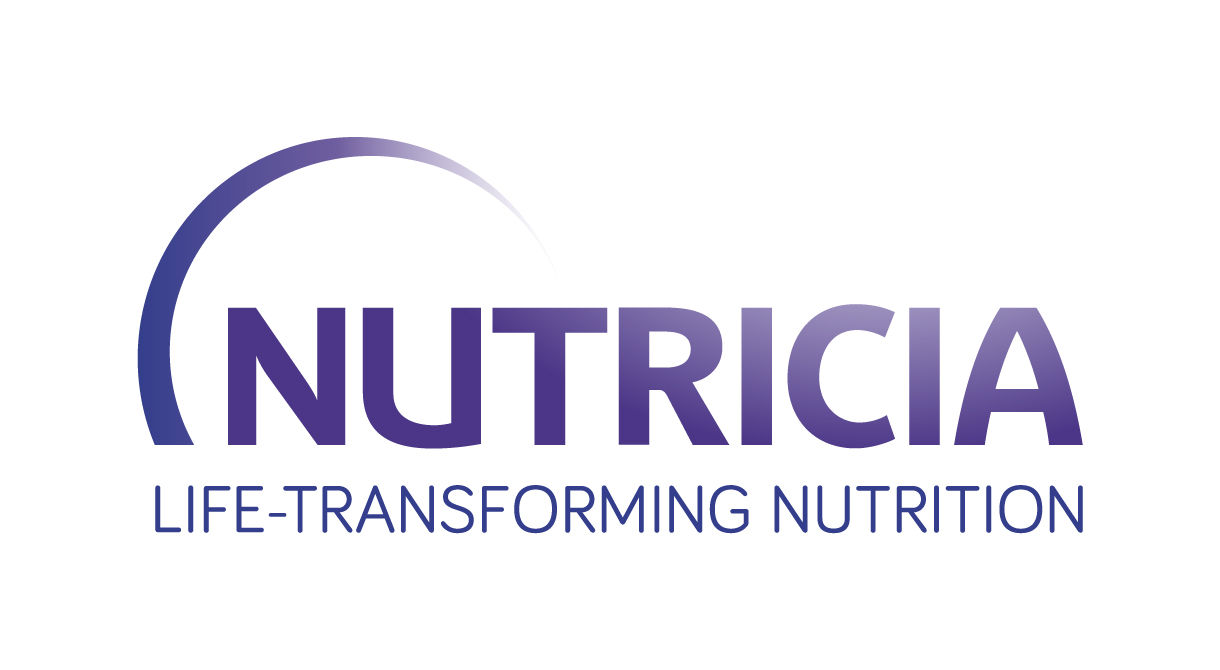Typically, lgE-mediated cow’s milk allergy occurs as gastrointestinal, respiratory and/or skin symptoms, and these symptoms occur immediately after consuming cow’s milk. The PRESTO study shows that the rate at which babies outgrow lgE-mediated cow’s milk allergy is comparable if fed an amino acid-based formula versus reported rates for other hypoallergenic formulas.
Nutricia is supporting research in this field as the global prevalence of allergy steadily rises. Today, up to 40% of the world’s population is estimated to have one or more allergies. Cow’s milk allergy is one of the most common food allergies in formula fed infants. While breastmilk is the best source of nutrition for infants, cow’s milk allergy can at times even affect breastfed babies, since an allergic baby can also detect the cow’s milk protein in their mother’s diet through her breastmilk.
In IgE-mediated cow’s milk allergy, an infant’s immune system reacts to the cow’s milk protein by producing IgE antibodies. In very severe cases, an IgE-mediated allergic reaction could lead to anaphylaxis — a potentially life-threatening allergic reaction that comes on quickly, affects the whole body, and requires medical help straight away. An amino acid-based formula is indicated in more severe cases of cow’s milk allergy, for example when an infant has anaphylaxis, multiple food allergies, faltering growth or when an extensively hydrolysed formula (eHF) is not tolerated.
The PRESTO study was led by a group of international allergy experts at 20 sites in Germany, Italy, Singapore, Thailand, United Kingdom, and the United States. Infants with confirmed IgE-mediated cow’s milk allergy, including those with a history of anaphylaxis and suspected multiple food sensitizations, were randomized to receive either Neocate LCP or Neocate Syneo (an amino acid-based formula supplemented with synbiotics) for 12 months, with follow-up for an additional 2 years.



